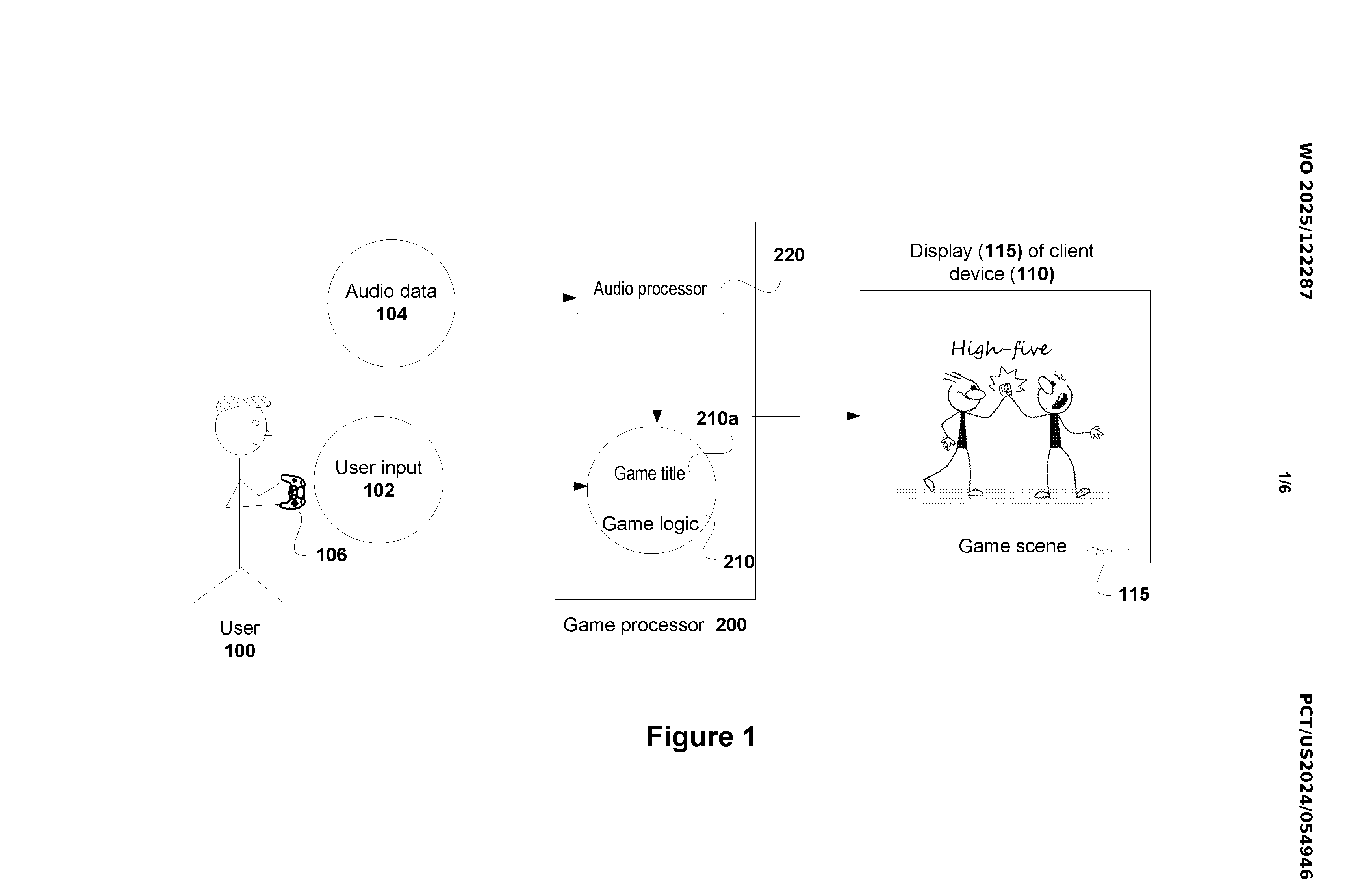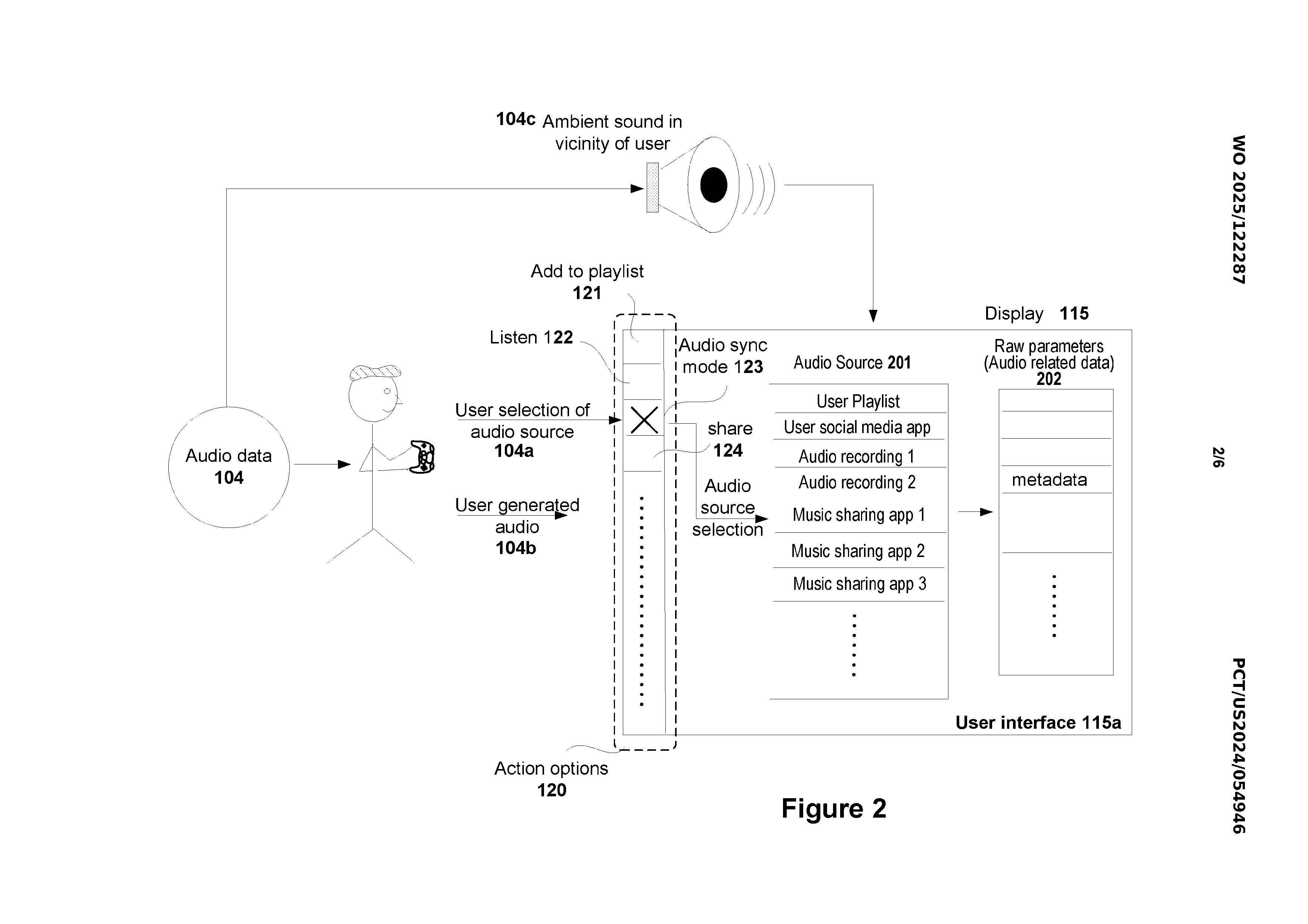- Sony has published a new patent that aims to enable in-game assets, such as NPCs, to react to players’ emotions in real-time.
- The patent proposes NPCs using real-world player sounds to detect mood and respond accordingly.
- For example, NPCs in games may cheer up and sound happy if they detect the player laughing and clapping in real life, and vice versa.
Besides pushing for better accessibility, Sony has also been securing patents to improve immersion for players in games. We have discovered a new patent that aims to make NPCs more reactive and dynamic, allowing each player to experience the game uniquely.
The patent describes in-game assets like NPCs reacting to players’ real-time emotions by analyzing real-world sounds to assess mood and respond accordingly. For example, players clapping or whistling may also cause the NPCs to celebrate in response.
Similarly, a player speaking aggressively may cause the NPCs to become more defensive and cautious in their interactions with them.
One or more of the audio input parameters are used as audio synchronization control to control at least some movements and/or interactions between at least the two assets that are present in the one or more game scenes of the game. The at least two assets may be NPCs.
Why it matters: Sony aims to enhance the NPCs in games to make them more immersive, thereby affecting gameplay for every player differently, rather than adhering to a single set of parameters.

The patent discusses a system that listens for speech, ambient sounds, or music using the player’s microphones using AI. Once the player’s mood is determined, the game adjusts NPC interactions based on that analysis.
Sony argues that games currently provide a limited experience because NPC reactions are only based on standard game logic. This system enables games to deliver a more personalized experience by harnessing players’ emotions.
During play of the video game, if the user wishes to customize reaction of any game asset, the user is unable to provide such customization as the reactions of the game assets is controlled by game logic of the video game.

Sony also mentions that the system supports multiplayer settings, allowing NPCs to be influenced by group reactions. Additionally, spectators can impact gameplay by influencing NPCs with collective cheering or chanting.
Sony has also published a variety of other notable patents over the decades, including one for detecting chemicals in players’ sweat using controllers to monitor stress during gameplay and another one for expediting the development of AI-powered game remasters.
Do you think that NPCs reacting to the real-life emotions of players dynamically will improve the immersion of games? Let us know your thoughts in the comments below, or join the discussion on the Tech4Gamers forum.
Thank you! Please share your positive feedback. 🔋
How could we improve this post? Please Help us. 😔
Shameer Sarfaraz has previously worked for eXputer as a Senior News Writer for several years. Now with Tech4Gamers, he loves to devoutly keep up with the latest gaming and entertainment industries. He has a Bachelor’s Degree in Computer Science and years of experience reporting on games. Besides his passion for breaking news stories, Shahmeer loves spending his leisure time farming away in Stardew Valley. VGC, IGN, GameSpot, Game Rant, TheGamer, GamingBolt, The Verge, NME, Metro, Dot Esports, GameByte, Kotaku Australia, PC Gamer, and more have cited his articles.


 Threads
Threads

